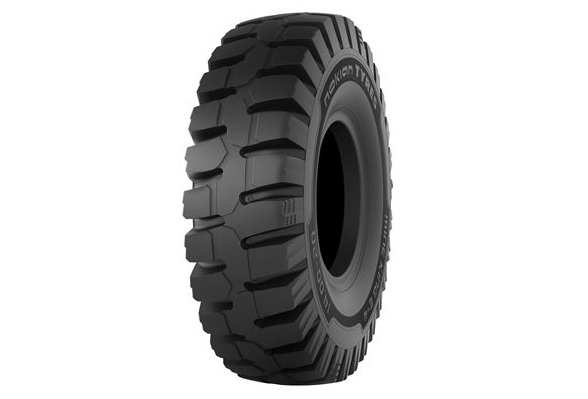Nokian Heavy Tyres says it has collaborated with end users and one of the leading drill manufacturers to expand its range of underground mine tyres.
The Nokian Mine King E-4 underground mining tyre is one of the most specialised products of its kind, according to the company, with “a carefully balanced set of features” to match the challenges encountered in the underground mining environment. It is now available for a wider range of mining vehicles.
Nokian said: “Underground mining sets special demands on the tyres. Not only is the environment physically demanding with its sharp, slippery stones, but the limited machine size in tight spaces and high safety demands must be taken into consideration.”
Besides drill rigs, the Nokian Mine King E-4 tyre can be used on any utility vehicle in underground mines. The tyre’s sturdy structure enables an operating pressure of up to 10 bar, which improves the load capacity. The sharp shoulders and large contact area, meanwhile, improve the grip on slippery, wet stones.
The initial size for Nokian Mine King E-4 was 14.00-20, but in the fall of 2019 the range will be expanded with the sizes 12.00-20 (September) and 14.00-24 (already in August). This makes it possible to use the same tyres in most underground machinery, the company said.
“One of the starting points for designing the Nokian Mine King E-4 tyre was the compact size combined with a good load capacity,” says Eva-Leena Varpe, Product Manager at Nokian Tyres. “This way, the tyre actually helped to optimise the size of a new drill rig model, enabling a more efficient use of space.”
Another important feature of the tyre is the cut and puncture resistance. According to Varpe, it is a sum of two parts: “You could say that half of the durability comes from the tyre design with thick, sturdy pattern and good self-cleaning properties. The other half would be our mining rubber compound, which I think is superior to anything else in the market.
The new sizes will also replace some of the company’s older tyres that will be discontinued, according to Eva-Leena Varpe.











